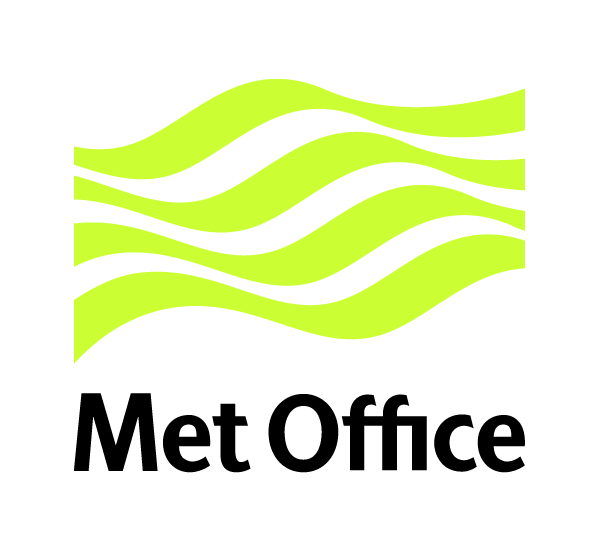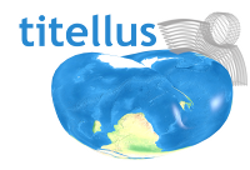Summary
A tool or mobile application that enables users to ‘cache’ details in their environment. This could help produce datasets for scientists to utilise in order to monitor a number of things including:
- Characterisation of changes in seasons
- Timing of events in nature (phenology)
- Spread of plant diseases
- Changes in animal (especially bird) migration
Background
Geocaching is a well established pastime in the UK and globally. It is effectively an outdoor treasure hunt, where players “try to locate hidden containers, called geocaches, using a smartphone or GPS and can then share their experiences online”. Further information about geocaching can be found here: http://www.geocaching.com/. The eco-caching idea is that in a similar way, people can ‘cache’ observations of the environment using their smartphones.
Increasingly, crowd-sourcing is being used to find out more about our environment, such as the Met Office’s Weather Observing Website (WOW) which enables members of the public to log their own observations, either one off (including photos) or to stream data from their own weather stations. Similarly, other organisations are obtaining observations from the public, such as tree disease and bees.
There are already some websites that mention eco-caching e.g. Life Outdoors and www.ecocaching.net although these do not appear to include the potential use of data collected for research purposes and some are focused on a very small area, maintaining the ‘treasure hunt’ aspect of geocaching rather than the wider collection of information about the environment.
Data that provide information on phenology, the study of plant and animal life cycle events and the factors that influence them, is useful to scientists as it helps improve understanding of the links between environmental changes and events in nature that affect our livelihoods and lifestyles. Examples of useful data for phenology that is easily observed and/or already available are:
- GPS locations and timing of bud burst, leaf out, flowering, fruiting, leaf drop for identified species
- GPS locations and timing of first sighting of migratory species
- Satellite observations of spring ‘green up’ and autumn leaf fall (useful indexes derived from satellite data include NDVI, faPAR, LAI)
Data that may be useful to combine with these phenology data could include:
- Land cover data maps showing broad classifications of location of different land cover types inc. vegetation types, urban, lakes…
- Weather/climate daily data which can be used to characterise the climatology of seasons and derive climate variables linked to phenology events ie. accumulated growing degree days associated with bud burst
- Mapping data to enable people to navigate to specific land cover type areas.
The challenge
Considering existing crowd-sourcing apps and software, to develop an ‘eco-caching / season watch’ app. which combines weather/climate observations with phenology observations.
Eco-spy
Focusing on a younger audience, produce an ‘eco-caching’ version of the traditional ‘I-Spy’ books for children (see http://www.ispymichelin.com/) where children had a list of things to look out for when they were out an about, tailored for all sorts of places e.g. London, airports etc. In particular, focus on key themes of interest to researchers e.g. onset of seasons (bud burst, change in leaf colour, flowering of plants, sightings of berries, mushrooms etc.
The app could also include a weather forecast to enable budding eco-cachers to make the most of the weather and wear appropriate clothing (e.g. wellies/ sunscreen).




































